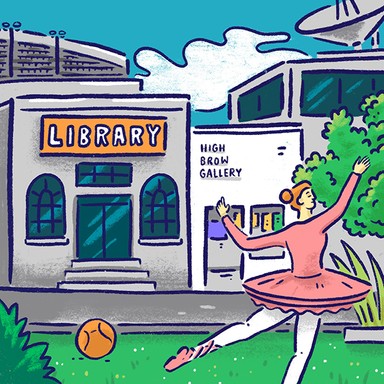
Te Awamutu Community Board

Climate change and resilience
Climate change poses a huge challenge for communities as more frequent extreme weather events require us to rethink how we live and where. Local authorities are at the forefront of efforts to respond, with responsibilities for environmental planning and regulation, as well as civil defence. Many councils have plans to reduce emissions in their area and are working to help their communities adapt to a warming world.

Climate change and resilience
Climate change poses a huge challenge for communities as more frequent extreme weather events require us to rethink how we live and where. Local authorities are at the forefront of efforts to respond, with responsibilities for environmental planning and regulation, as well as civil defence. Many councils have plans to reduce emissions in their area and are working to help their communities adapt to a warming world.
Support finding alternative parking so the urban cycleways do not mean people have no place to park especially for our rural folk.
Support reducing our carbon footprint and encouragement of alternative transport including improved and affordable public transport.
Support having a well organised and planned civil defence service for when we need it.
Encourage non staff to be part of civil defence, so involve suitable residents.
Improve walking and cycling options.
Continue progressively with the ongoing assessment of buildings regarding earthquake risk, safety new buildings to be erected.
Continually appraise civil defence provisions with regard to new subdivisions – access for emergency vehicles and services.
Ensuring that civil defence HQ is earthquake-proof and has backup communications facilities.
Support finding alternative parking so the urban cycleways do not mean people have no place to park especially for our rural folk.
Support reducing our carbon footprint and encouragement of alternative transport including improved and affordable public transport.
Support having a well organised and planned civil defence service for when we need it.
Encourage non staff to be part of civil defence, so involve suitable residents.
Improve walking and cycling options.
Continue progressively with the ongoing assessment of buildings regarding earthquake risk, safety new buildings to be erected.
Continually appraise civil defence provisions with regard to new subdivisions – access for emergency vehicles and services.
Ensuring that civil defence HQ is earthquake-proof and has backup communications facilities.
Mayor
Compare the mayoral candidates in your area
Local council
Compare the candidates for your city or district council
Regional council
Compare the candidates for your regional council
Local board
Compare the candidates for your local or community board






